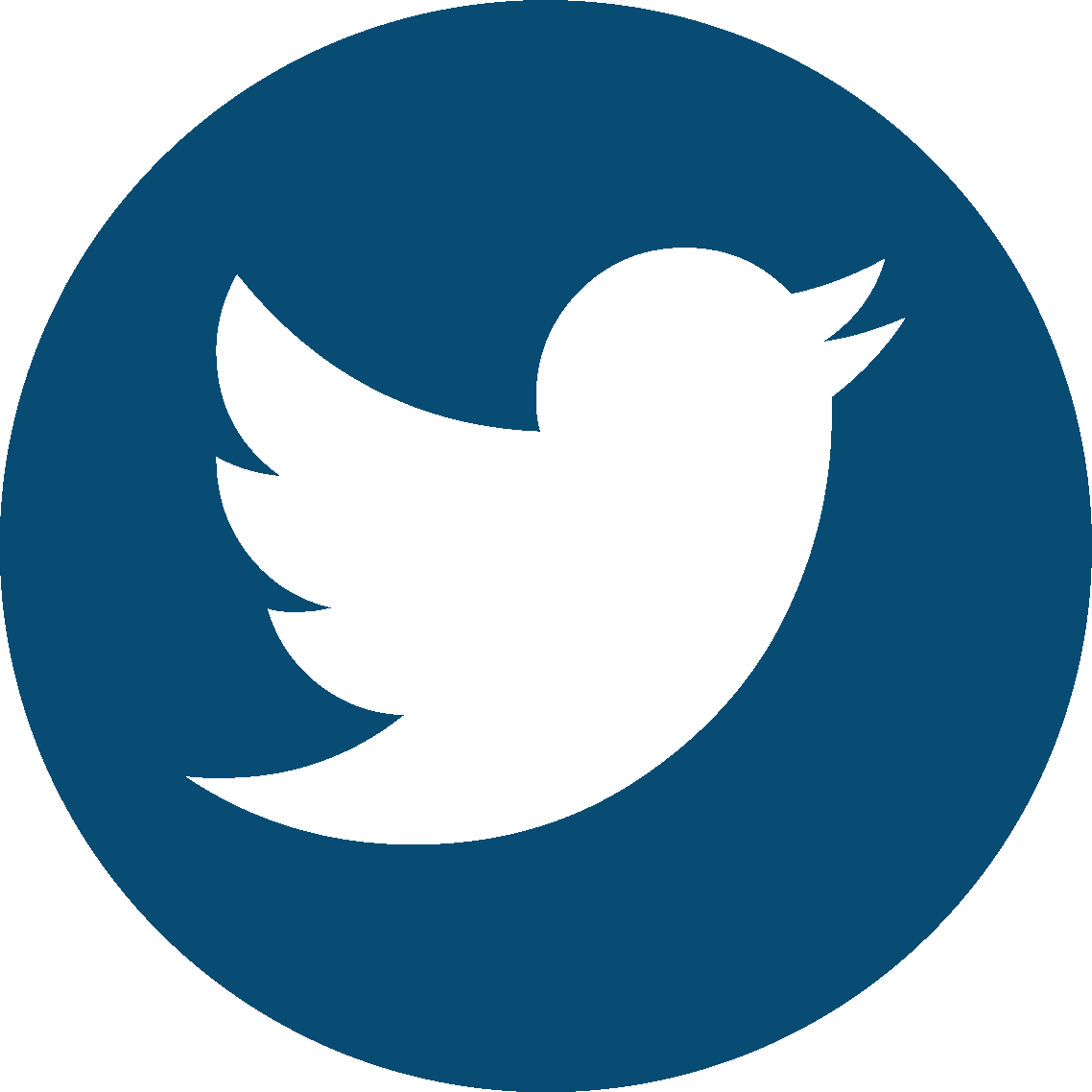5 Trends Marketers Should Know About in 2023
72% of consumers say external pressures are affecting their lives more now than in the past. From inflation to political instability to environmental concern, there is no shortage of stress. This shift, and the uncertainty that has come with it, will be clearly reflected in consumers’ decision making in 2023.
Marketers should watch for several trends already impacting consumer behavior this year. And how those changes bring both challenges and opportunities for their brands.
1. Consumers are still spending on experiences, despite tightening wallets.
High prices on everything from gas to eggs make it unsurprising that consumers are increasingly hesitant to spend. The S&P 500 dropped nearly 20% in 2022, yet average salaries remained the same. As a result, two-thirds of consumers report planning to spend less over the next six months. It’s a trend signaling a brutal hit to consumer confidence.
However, consumers are still willing to spend on what’s most important to them. With 2020 shutdowns fresh in people’s memories, consumers are planning to continue making up for lost time. They want to catch up on experiences, whether that's by attending sporting events, going to the movies, or traveling. In fact, one-third of Americans are planning out-of-state travel despite financial anxieties.
2. Technology help is more welcomed than ever.
In 2023, consumers will continue opening the door to technology solutions including AI like Chat GPT and the metaverse. Consumers are eager to make their (increasingly stressful) lives a little easier. This move toward tech help has shown up in many forms, ranging from apps providing advice on parenting to financial literacy platforms. Businesses are also getting in on the shift. Companies including retailers, online learning systems, and even amusement parks are looking to use technology to enhance customer experiences.
But despite an embrace of technology in everyday life, consumers recognize it's not a magic fix-all. After almost two years of virtual interactions at school and work, there is growing prioritization of in-person connections. In response, 60% of leading organizations are planning online engagements that more closely mimic the connection and memorability of physical experiences.
3. Consumers want to manage schedules on their terms.
Over the last couple of years, many people have gained an appreciation for an individualized approach to managing their time. Remote work provided balance and flexibility between professional and personal demands. Tasks like emails can be sent in the evenings. Laundry can be done over lunch.
But, as the world reopens, many events—from work meetings to kids’ activities to dentist appointments—have set times. Consumers are now learning to adapt their preferred timetable to those of their colleagues or of local businesses. Exacerbating the issue is that many stores and restaurants have been forced to limit hours and service levels due to staffing limitations.
4. The remote vs. in-person work debate continues, but some people are opting out.
50% of company leaders say they already require or are planning to require employees to return to in-person work. However, this is in sharp contrast to what many employees want... the flexibility of remote work. This disconnect is reflected in a lack of employee satisfaction. Only 21% of workers report feeling engaged at work, and many have also reported work-related feelings of anger or sadness.
Given this frustration with the typical work environment, many people are looking to create their own opportunities in 2023. 83% of people said COVID accelerated their plans to start their own business, boosting the global freelance market significantly.
5. Environmental concerns reach new levels.
With nearly 70% of Americans supporting the country being carbon neutral by 2050, sustainability is an increasingly important consideration for businesses. More consumers are seeking brands that align with their values, especially those around protecting the environment.
Businesses are actively responding. Food companies are making plant-based eating more accessible. Fashion rental platforms are finding an opportunity to both extend a product’s life and increase affordability. But importantly, eco-friendly practices must fit with consumers budgets and other priorities. Otherwise, they’ll be passed over.
For marketers, 2023 should be a year of listening to consumers.
As new concerns arise for consumers in 2023, marketers may need to adjust their strategies. Customer retention and brand trust should be strong focuses, as marketers try to align with consumer values such as authenticity and innovation. And with help from advancing technology, marketers should look to stay ahead of the game, while prioritizing a human touch.
But mostly, marketers will need to actively stay connected to their audience—and the quickly changing pressures around them. Because the better marketers can listen to their potential and existing customers, the better they’ll be able to create work that genuinely connects with them.
How are marketers spending in 2023?
Check out the biggest predictions for ad spend this year.



